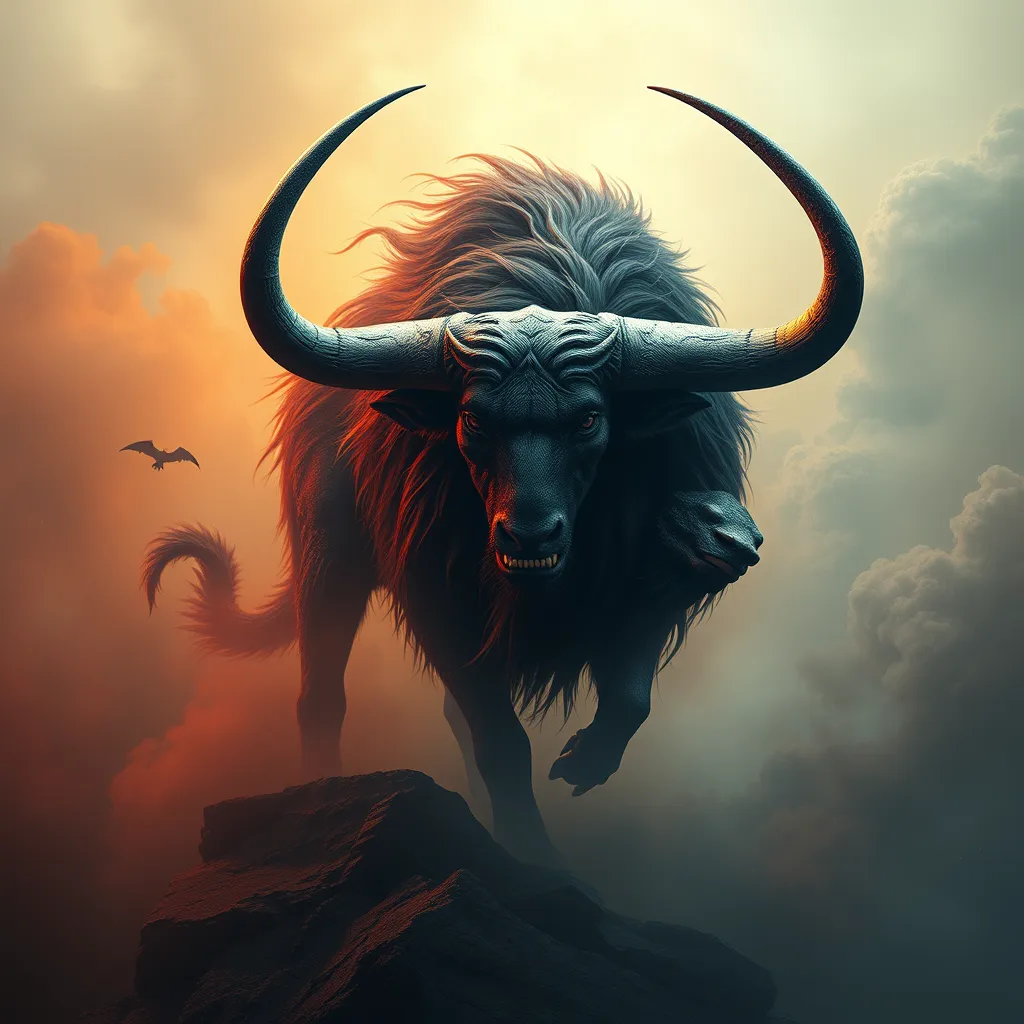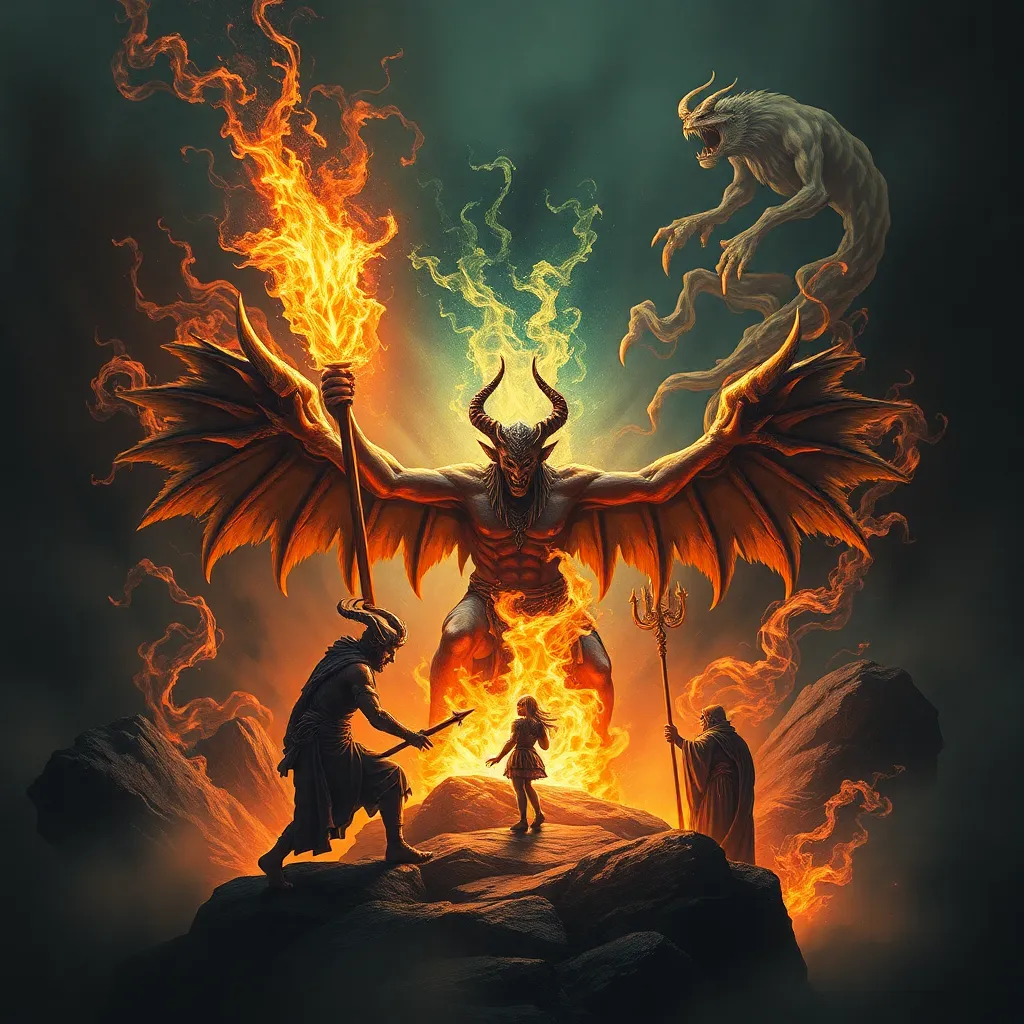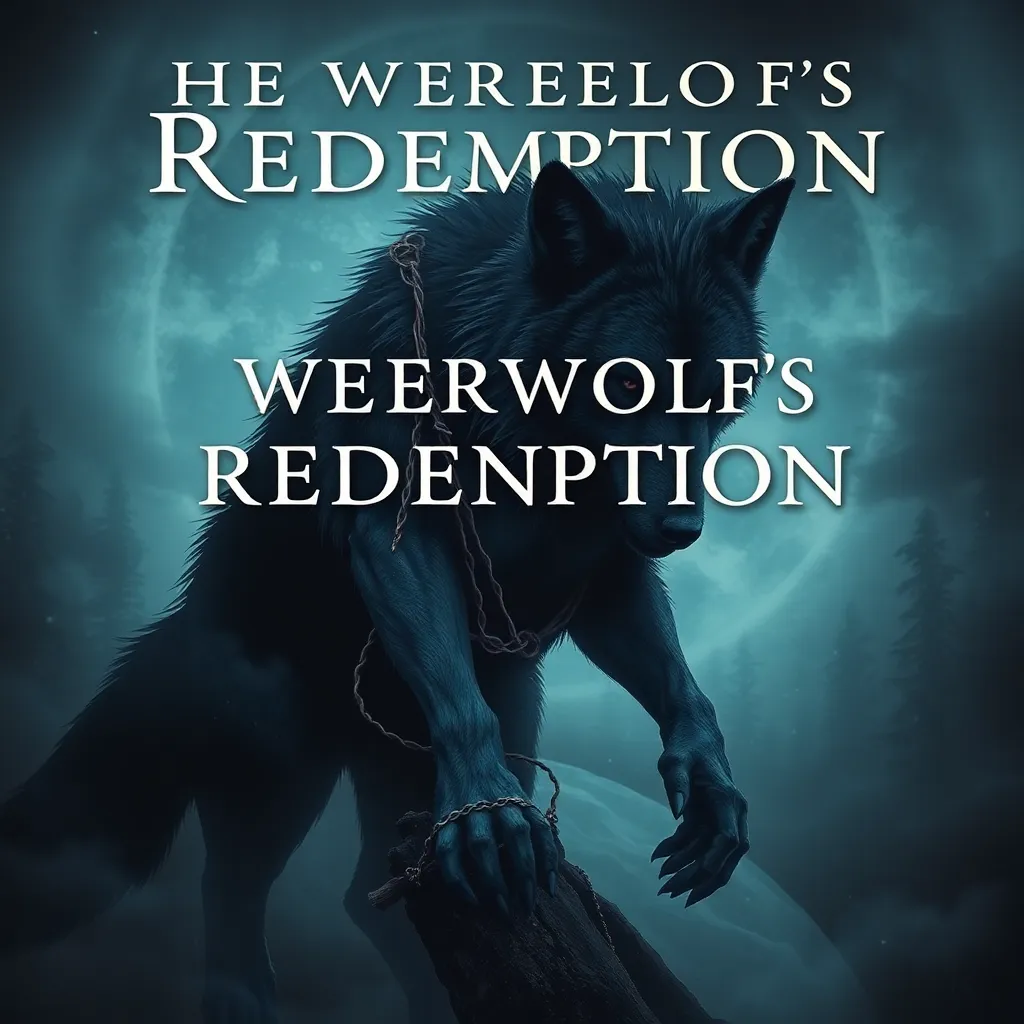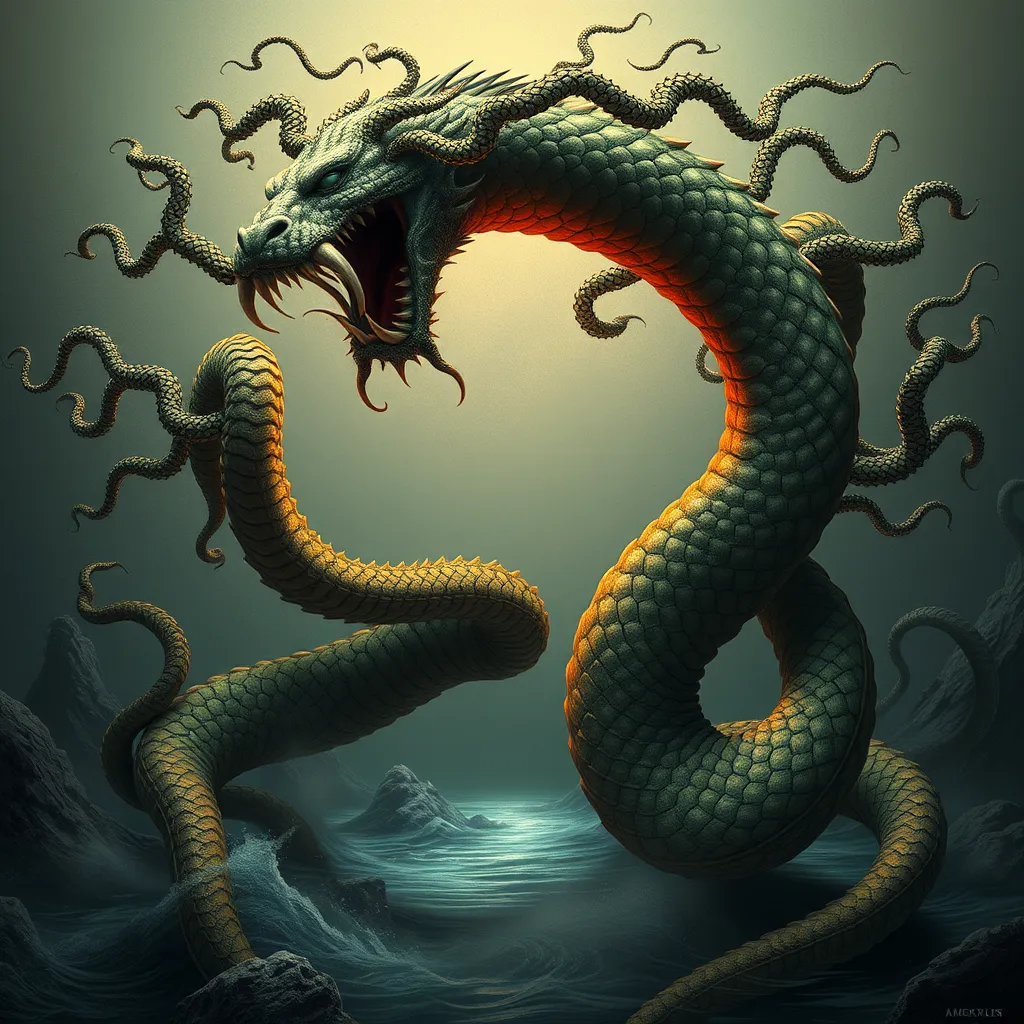The Minotaur’s Legacy: Exploring the Monster’s Impact on Philosophy and Psychology
I. Introduction
The Minotaur, a creature with the body of a man and the head of a bull, is one of the most enduring figures from ancient Greek mythology. This monstrous being, born from the union of Pasiphaë and a divine bull, is famously associated with the labyrinth designed by Daedalus on the island of Crete. The myth encapsulates themes of fear, desire, and the complexities of human nature.
In ancient Greek culture, the Minotaur symbolizes the darker aspects of humanity, embodying both physical monstrosity and the psychological struggles of the human condition. As we delve into the Minotaur’s legacy, we will explore its philosophical and psychological implications, uncovering how this myth continues to resonate in contemporary thought.
II. The Minotaur in Mythology
A. Origins of the Minotaur myth
The origins of the Minotaur myth can be traced back to the ancient Minoan civilization, which flourished on Crete. According to legend, King Minos of Crete, seeking to assert his dominance, received a magnificent bull from Poseidon, which he failed to sacrifice. In retribution, Poseidon cursed Minos’s wife, Pasiphaë, causing her to fall in love with the bull. The offspring of this unnatural union was the Minotaur, a creature that represented the consequences of defying divine order.
B. Key themes and symbols within the story
Several key themes emerge from the Minotaur myth:
- Duality: The Minotaur embodies the duality of human nature—civilization versus savagery.
- Fear and Desire: The labyrinth symbolizes the complexities of human desire and the fears that accompany it.
- Sacrifice: The myth often involves themes of sacrifice, as Athenian youths are sent to the labyrinth to appease the Minotaur.
C. The Minotaur as a representation of human fears and desires
The Minotaur serves as a powerful metaphor for the fears and desires that lurk within the human psyche. It reflects the struggle between our civilized selves and the primal instincts that lie beneath the surface.
III. The Minotaur as a Symbol of the Unconscious
A. Carl Jung’s interpretation of the Minotaur
Psychologist Carl Jung viewed the Minotaur as a symbol of the shadow self—the repressed, darker aspects of the psyche. In Jungian psychology, the shadow represents the parts of ourselves we deny or hide from others.
B. The Minotaur’s role in understanding the shadow self
The Minotaur’s existence within the labyrinth can be seen as an allegory for the journey into the unconscious. To confront the Minotaur is to confront our own fears, desires, and the parts of ourselves we often neglect.
C. Implications for dream analysis and the exploration of the unconscious mind
In dream analysis, the Minotaur might appear as a manifestation of inner conflict or unacknowledged emotions. Understanding this creature’s role can provide insights into the deeper layers of our psyche, revealing hidden truths about ourselves.
IV. The Minotaur and the Concept of the Other
A. The Minotaur as a representation of monstrosity and alienation
The Minotaur embodies the notion of ‘the Other’—the concept of being different or alienated from societal norms. This monstrosity serves as a reflection of humanity’s fear of what is unfamiliar or deemed unacceptable.
B. Philosophical implications of ‘the Other’ in existentialism
In existential philosophy, the Minotaur can be interpreted as a representation of existential anxiety, the struggle for identity, and the search for meaning in a world that can often feel chaotic and alienating.
C. The Minotaur’s influence on discussions of identity and difference
The Minotaur’s dual nature raises important questions about identity and difference, challenging us to confront the aspects of ourselves and others that we might consider monstrous or undesirable.
V. The Minotaur in Modern Psychology
A. The Minotaur as a metaphor for inner conflict and duality
In contemporary psychology, the Minotaur serves as a powerful metaphor for the inner conflicts that many individuals experience. It represents the struggle between our rational selves and our primal urges.
B. Case studies: modern psychological interpretations of the Minotaur
Numerous case studies have utilized the Minotaur myth to illustrate the complexities of human behavior:
- Inner Child Work: Therapists often use the Minotaur to help clients explore their inner child and the fears associated with it.
- Trauma Recovery: The Minotaur can symbolize the trauma that individuals carry, urging them to confront their past to heal.
C. Therapeutic applications: using the Minotaur myth in psychotherapeutic settings
Therapists may incorporate the Minotaur myth in narrative therapy, helping clients to externalize their struggles and view them through the lens of the myth, facilitating deeper understanding and healing.
VI. The Minotaur in Contemporary Philosophy
A. Reinterpretations of the Minotaur in postmodern thought
In postmodern philosophy, the Minotaur has been reinterpreted as a symbol of the fragmented self and the complexities of identity in a world where traditional narratives are questioned.
B. Ethical considerations and moral dilemmas posed by the Minotaur’s existence
The Minotaur raises ethical questions about monstrosity and morality: What does it mean to be human? How do we define monstrosity? These questions challenge us to reconsider our values and beliefs.
C. The Minotaur’s influence on feminist philosophy and critiques of patriarchy
The Minotaur has also found a place in feminist discourse, representing the struggles women face within patriarchal structures, often portrayed as monstrous or othered in society.
VII. Cultural Representations of the Minotaur
A. The Minotaur in literature, art, and media
Throughout history, the Minotaur has been a source of inspiration in various cultural mediums:
- Literature: The Minotaur has appeared in novels, poems, and plays, often symbolizing the struggle between reason and instinct.
- Art: Artists have depicted the Minotaur in paintings and sculptures, capturing its tragic and monstrous nature.
- Media: Films and television shows have adapted the Minotaur myth, reinventing it for modern audiences.
B. How these representations reflect societal fears and anxieties
The various representations of the Minotaur often mirror societal fears, such as fear of the ‘other,’ the unknown, and the darker aspects of human nature.
C. The Minotaur’s role in shaping modern narratives about monstrosity
As a cultural icon, the Minotaur continues to shape narratives about monstrosity, identity, and the complexities of the human experience, inviting audiences to explore the depths of their own psyches.
VIII. Conclusion
The Minotaur’s legacy is profound, impacting both philosophy and psychology. This myth encapsulates the struggles of the human condition, prompting deep reflection on identity, fear, and desire. As we navigate the complexities of modern life, the Minotaur remains a relevant symbol, encouraging us to confront our inner conflicts and the darker aspects of our nature.
In contemporary discourse, the Minotaur serves as a reminder of the enduring relevance of mythology in understanding our psyche and societal structures. Ultimately, the lessons learned from the Minotaur’s legacy challenge us to embrace the complexities of our existence, fostering a deeper understanding of ourselves and the world around us.



